Essential Strategies for Balancing Work and Life in Construction
Editorial Note: This article was brought to you courtesy of Rose Morrison, managing editor of ...

Much of what we can learn about business—whether in a small construction company or a fortune 500 tech behemoth like Apple or Amazon—can be learned from nature. For example, the “survival of the fittest” concept (i.e., the Darwinian notion of natural selection in evolution) has led to fierce competition in business and branding. A corresponding, tongue-in-cheek analogy has in fact become quite commonplace: To survive the charging bear you inevitably can’t outrun, trust that your sluggish friend will divert the carnivorous bear’s attention long enough for you to escape to hidden shelter.
One such related concept—antifragility—can be seen in fields like risk analysis and biology, which we’ll turn our attention to in this article. We’ll likewise explain what an antifragility business model may look like and how business owners (especially those in the oftentimes disjoined construction industry) can use antifragile management concepts to become more efficient, less risk-prone—and ultimately achieve greater productivity and profitability.
In simple terms, “antifragile” can be defined as growing stronger when exposed to stressors, uncertainty, or risk. 
Nassim Nicholas Taleb, the scholar who came up with the concept, reportedly coined the term in his 2012 book on the subject because he thought the existing words used to describe the opposite of "fragility" (e.g., "robustness," “resiliency”) were inaccurate.
Understanding antifragility may start by first understanding fragility – the term “fragile” is described as “large, optimized, over-reliant on technology, over-reliant on the so-called scientific method instead of age-tested heuristics,” write authors Brett and Kate McKay in their article “Beyond ‘Sissy’ Resilience: On Becoming Antifragile.” They add: “Things that are fragile break or suffer from chaos and randomness. Fragile systems/people/things seek out tranquility because they have more to lose than to gain during volatile times.” (We’ll get to how fragility in business often inevitably occurs—and how to resist the urge—a little later.)
Antifragility as a concept is quite the opposite, improving when confronted by stress and tribulation – not unlike the mythological Greek hydra, a gigantic water-snake-like monster with nine heads, who is depicted with immortality and possessing the power of linear regeneration. That is to say, it grows three heads in the place of two from each stump when decapitated. This linear progression is exhibited by doubling (e.g., six in place of three).
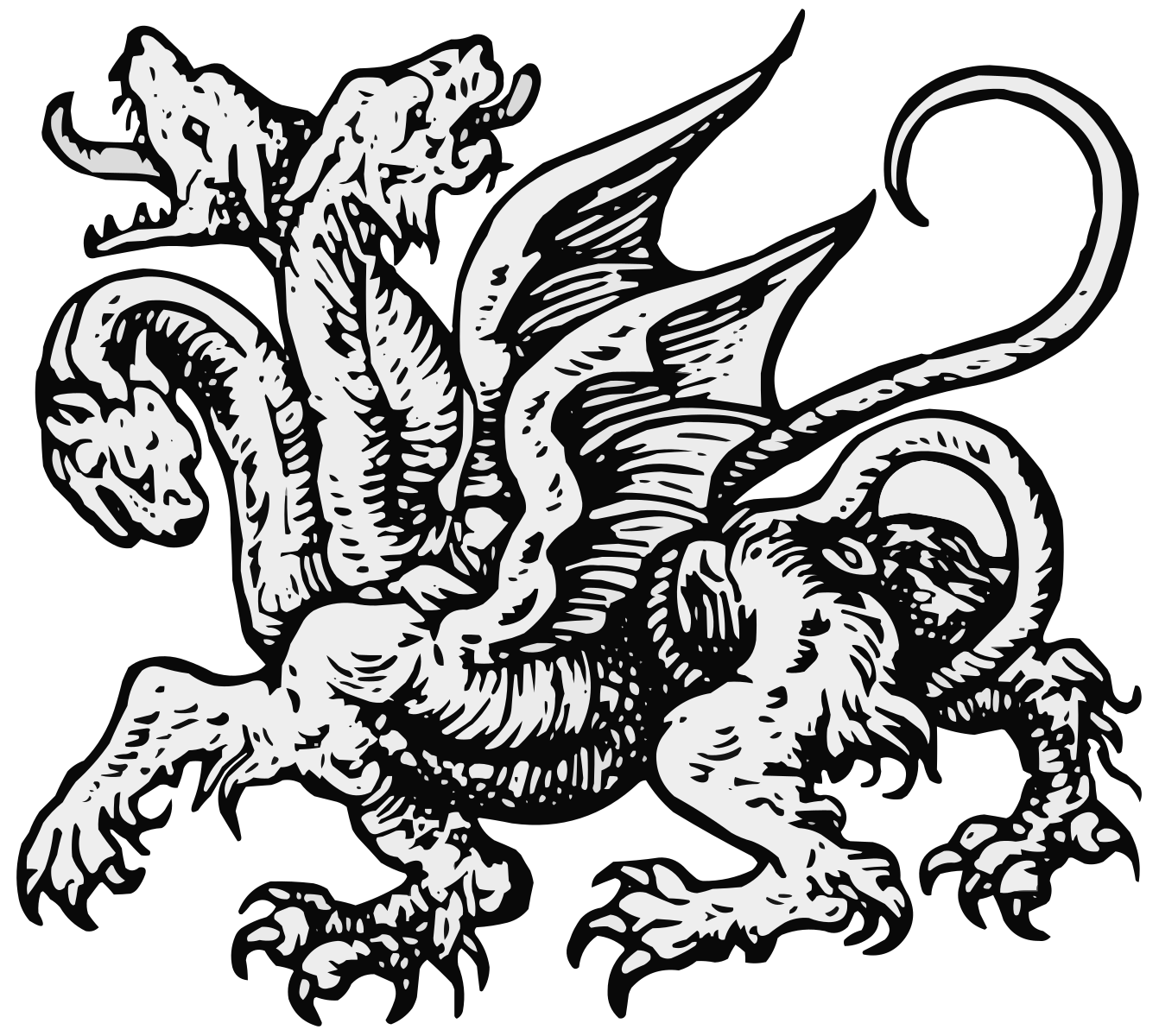
Pictured Above: Illustration of mythical Hydra. Image Source: WikiCommons
While an understandably horrifying picture that may put in your head, antifragility as a concept when applied to organisms, people, and businesses can afford you similar mythical powers and make you organizationally unbeatable. The concept has been applied in a number of disciplines, including risk analysis, physics, molecular biology, transportation planning, engineering, aerospace, and computer science.
It’s been exhibited in biological research. For example, researchers observed certain fungi (1) survive long periods of dehydration when exposed to high doses of radiation, an evolutionary response they postulated ran parallel to the concept of “antifragility,” where “They seem not only robust under moderate stress conditions but seem to adapt and diversify.” One can reasonably assume that withering brought on by radiation in other organisms gives the radiation-adapted fungi an incredible opportunity to proliferate in the otherwise "dying" space.
“[L]iving oganisms readily cope with changes in their environment,” write medical researchers for Genes (6). “Anticipating what it should be like, measuring differences with expectations and adjusting to reality.” They conclude that “antifragility provides a way to allow the viability of cells and organisms in the long run by providing flexibility in structures and processes so that said cells can learn and implement versatile solutions to the problems posed by a variable environment during stationary life.” Ecological research (3) studying how ecosystems work in relation to antifragility also provide insights into how business structures may thrive, while similar antifragility research into renewable energy systems (4) may shed some light for companies championing sustainable construction.
Several antifragility concepts are outlined in Taleb’s book, including:
For Talib, antifragility is beyond resilience or robustness:
A highly accessible reading of the antifragility concept from Art of Manliness (which we highly recommend!) offers the below infographic illustrating key differences between the terms fragile, resilient, and antifragile:
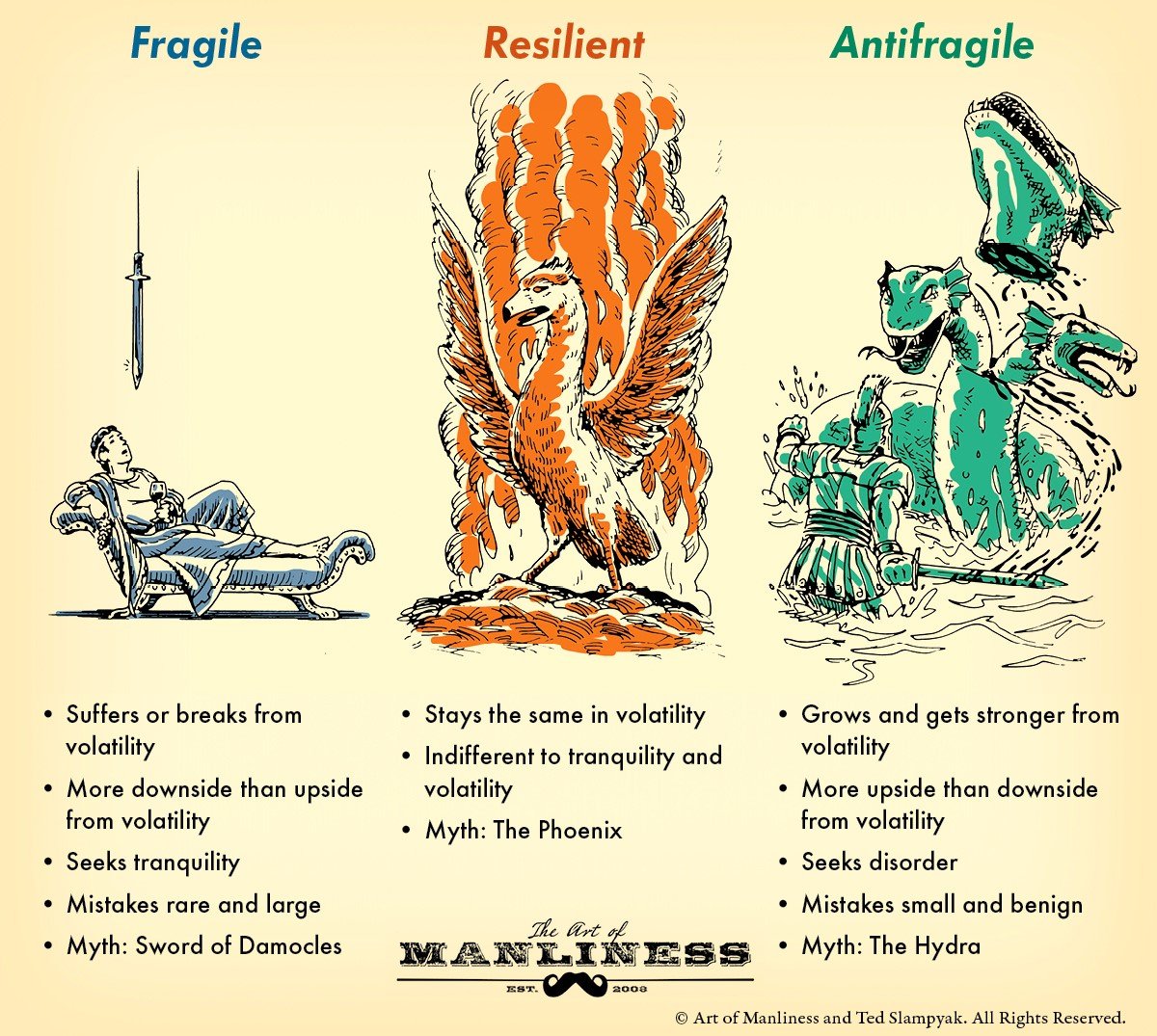
Image Source: Art of Manliness
Now that we discussed what antifragility is and its various concepts, the important question is: how do you build an antifragile business (particularly in the disjoined construction industry)?
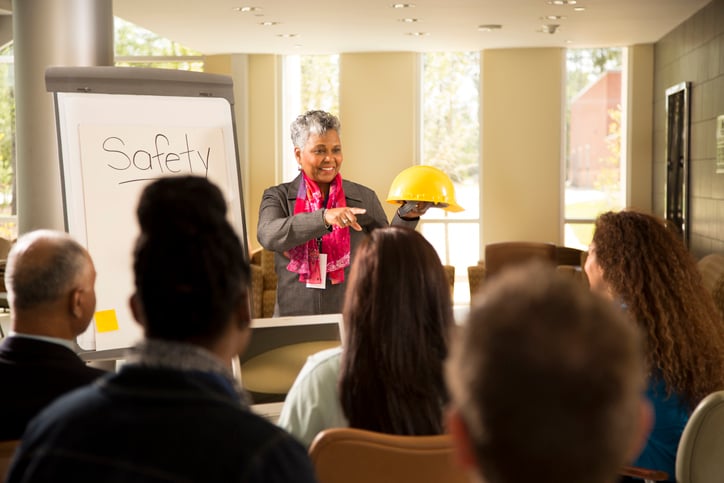
Here are some important tips (that we’ll discuss in greater detail below):
As Brad Power writing for the Harvard Business Review remarks on large, complacent companies, fragility can be an inevitable byproduct of ridged structures.

This may be due to large businesses experiencing fallacies like sunk cost, no true Scotsman, and appeal to authority, each which create roadblocks, often quasi cultural in nature — and translated to become:
Startups, meanwhile, "tend to be anti-fragile,” Power writes says, viewing large organizations tending to be “fragile.” Large, successful organizations, he explains, tend to be fragile due to ridged, inflexible corporate structures. “If lucky, a start-up grows and develops a success formula […]with maturity,” he expounds (i.e., understanding where the magic derives from having to be flexible and proactive when small—and harnessing it—not becoming complacent to rigidity in overly linear organizational structures). He adds that, “Most successful organizations do not like volatility, randomness, uncertainty, disorder, errors, stressors, and chaos. Yet we are in a world where disruption and randomness are increasing. Organizations that gain from randomness will dominate, and organizations that are hurt by it will go away.”
The Art of Manliness article (above-mentioned source) parallels these thoughts:
Fragile things are typically large. Size often offers a false sense of security, but large organizations, such as giant corporations and big governments, typically aren’t agile enough to survive, let alone thrive during times of adversity. There are too many complications and layers of bureaucratic red tape to allow for quick action.
Investopedia offers two following tenets of antifragile organization:
Business research (2) has been conducted specifically to understand why startups are antifragile, authors finding that the factors exhibited to positively impact antifragility included “intellectual capital, slack resources, and absorptive capacity.” “Antifragility is positively associated with improved financial performance, thereby highlighting its relevance for start-ups to successfully overcome crises,” they add. Additional research (5) has sought to understand the role of digital technologies has in fostering antifragility in small and medium-sized enterprises, particularly in response to the unforeseen COVID-19 pandemic. The authors findings “support the idea that the adoption of digital technologies facilitates the development of antifragility,” particularly useful to understand and running parallel to the notion that the disjointed nature of construction projects would benefit from a more comprehensive, real-time view of project activities via a digital twin.
Communication structures that are fluid and able to source critical approvals via multiple channels connecting to decision makers where urgency is critical to reducing waste.
 Writing for American Express, freelance writer Alexandra Levit stresses the importance of training workers with a broad, widely range of skills instead of relying on the linear corporate structure and instead adopting a management approach that’s nonlinear.
Writing for American Express, freelance writer Alexandra Levit stresses the importance of training workers with a broad, widely range of skills instead of relying on the linear corporate structure and instead adopting a management approach that’s nonlinear.
Consider the humble worker bee, reporting up to the power-hungry queen bee – if she dies, all hell breaks loose, corporate strategy out the window with it. If your teams aren’t empowered to make decisions in your absence, all that you’ve built comes screeching to a halt costly construction downtime follows.
Levit recommends empowering workers by focusing on “career durability” building:
Source: American Express
- Soft skills: the interpersonal attributes that enable successful collaboration with others.
- Hard skills: the skills in a specific domain for which learning can be assessed and measured.
- Applied technology skills: the ability to leverage people, processes, data and devices to do a job more efficiently.
- Institutional knowledge: the industry specific expertise gained through experience and/or tenure.
- Growth mindset: the positive attitude that influences how an individual sees their world, which motivates them to learn and change.
Consider the story of when Apple almost went out of business and hired Tim Cook, who streamlined the company’s vendor relationship by slashing some 100+ suppliers down to the low 20s. Cook also slimmed down their excessive product offerings in order to remove wasteful, unnecessary inventory while adopting a JIT approach, which forced the company to proactively understand their customers’ needs and respond to them.
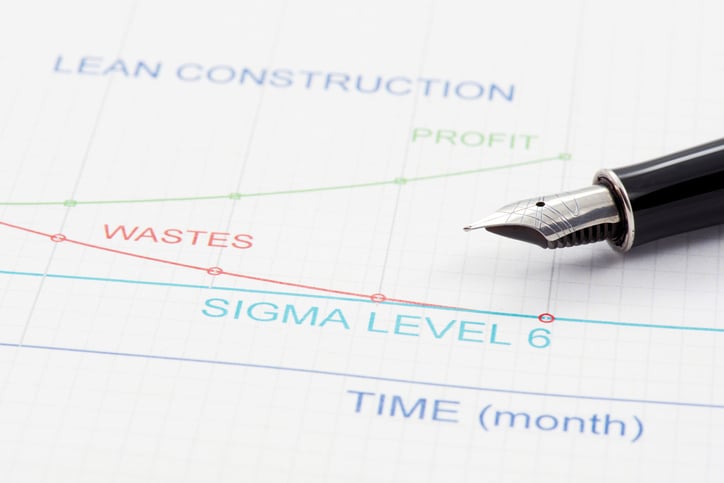
Should you encounter a sudden change order, the team should be able to rapidly respond, just as your inventory manager should be able to meet new demands (as we discussed earlier).
Predictive analytics, data warehousing, and retrospectives to identify, analyze, and eliminate sources of risk where possible by creating buffers and redundancies.
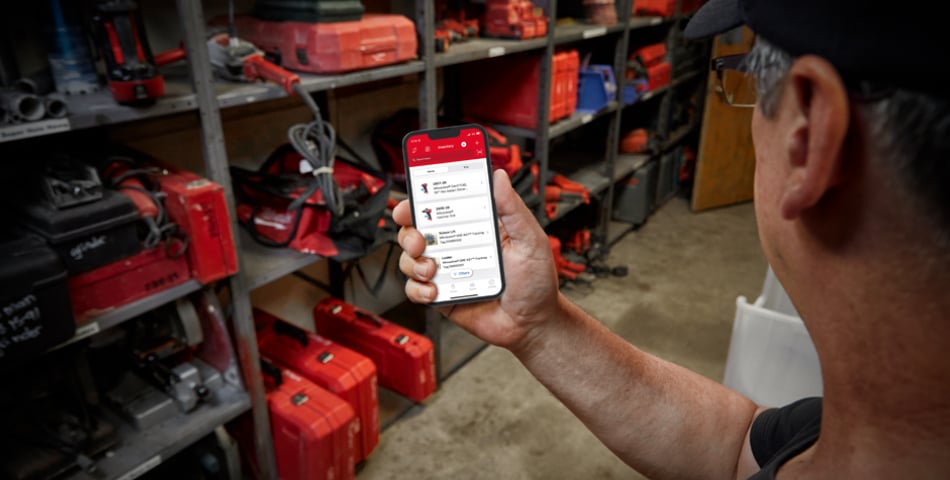 Recent research studies (11) have promoted and provide frameworks for digitizing construction operations and align with our view that construction interoperability is of utmost importance to better improve mission-critical data sharing as multiple subcontractors (as high as 24 on some projects) work together to bring projects across the finish line (and introduce corresponding complexity).
Recent research studies (11) have promoted and provide frameworks for digitizing construction operations and align with our view that construction interoperability is of utmost importance to better improve mission-critical data sharing as multiple subcontractors (as high as 24 on some projects) work together to bring projects across the finish line (and introduce corresponding complexity).
Adopting a digital inventory, for example, can help with automating processes (from equipment entry to service/maintenance requests) for driving greater productivity, multi-site tracking, and collaboration via inventory/project management integration and inventory/construction design integration.
Before we get into the next section that discusses examples of antifragile companies, we want to focus on one quality that unifies all of them: the customer experience. While it’s important to be flexible, have sound supply chain management practices, and be hyper-focused on improving processes through digitization and technology, a unifier for all of the companies we will discuss are some important questions: For whom are you building these practices and for whom are you trying to improve these practices? 
Ways to improve the customer experience include:
Want some inspiration of companies who’ve adopted antifragility to some degree?
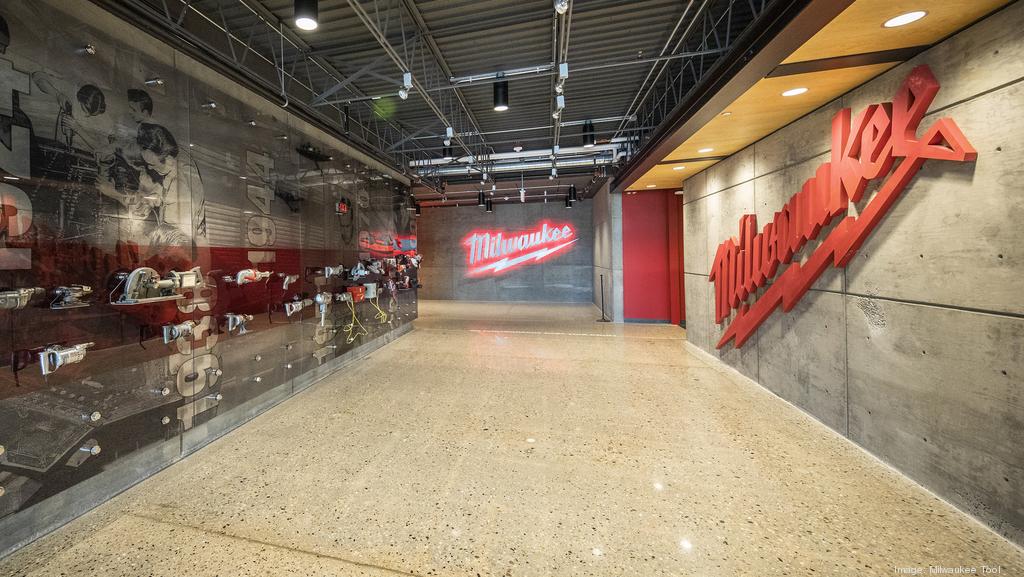
Here are seven examples of antifragile companies:
Staying competitive in business is challenging in any industry, especially construction with its historically disjointed nature. That said, adopting antifragility principles like these can help make your business not just responsive to change but also stronger through it, growing your second head as your competitor, trying to slay you, cowers in shock and fear—or outrunning the bear that feasts on your sluggish category peer who’s been slow to join the technological revolution.
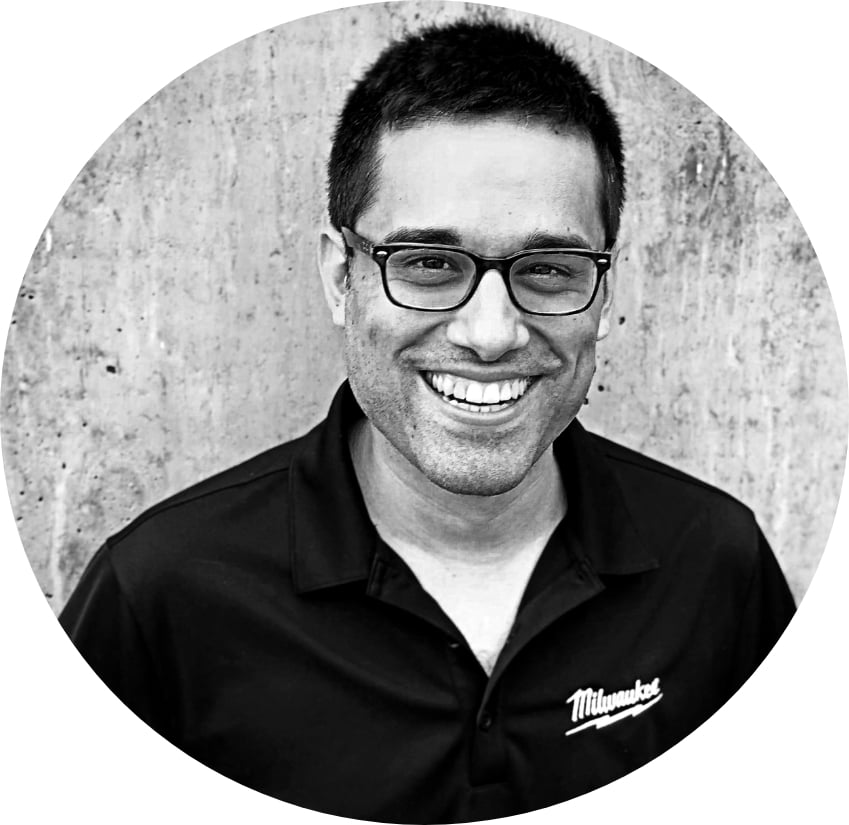
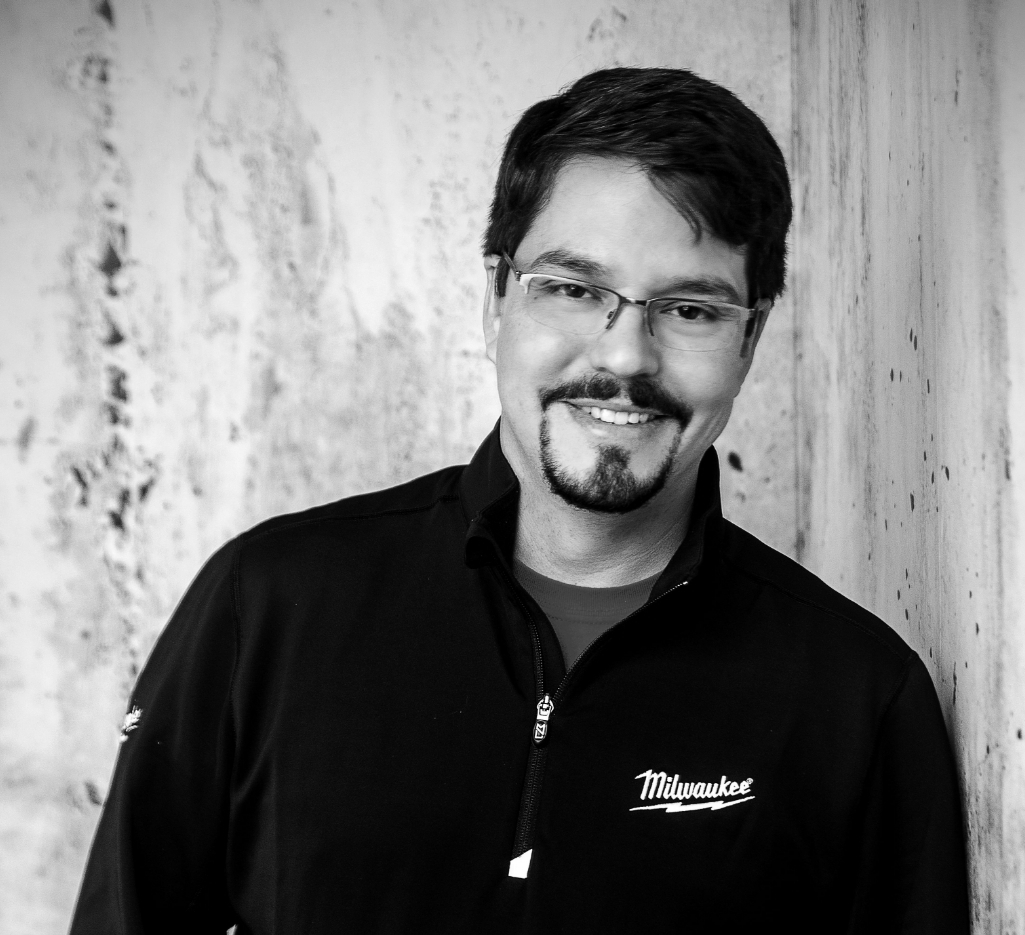
Sign up to receive ONE-KEY™ news and updates.
Editorial Note: This article was brought to you courtesy of Rose Morrison, managing editor of ...
Editorial Note: This article was brought to you courtesy of Rose Morrison, managing editor of ...
Editorial Note: This article was brought to you courtesy of Rose Morrison, managing editor of ...


